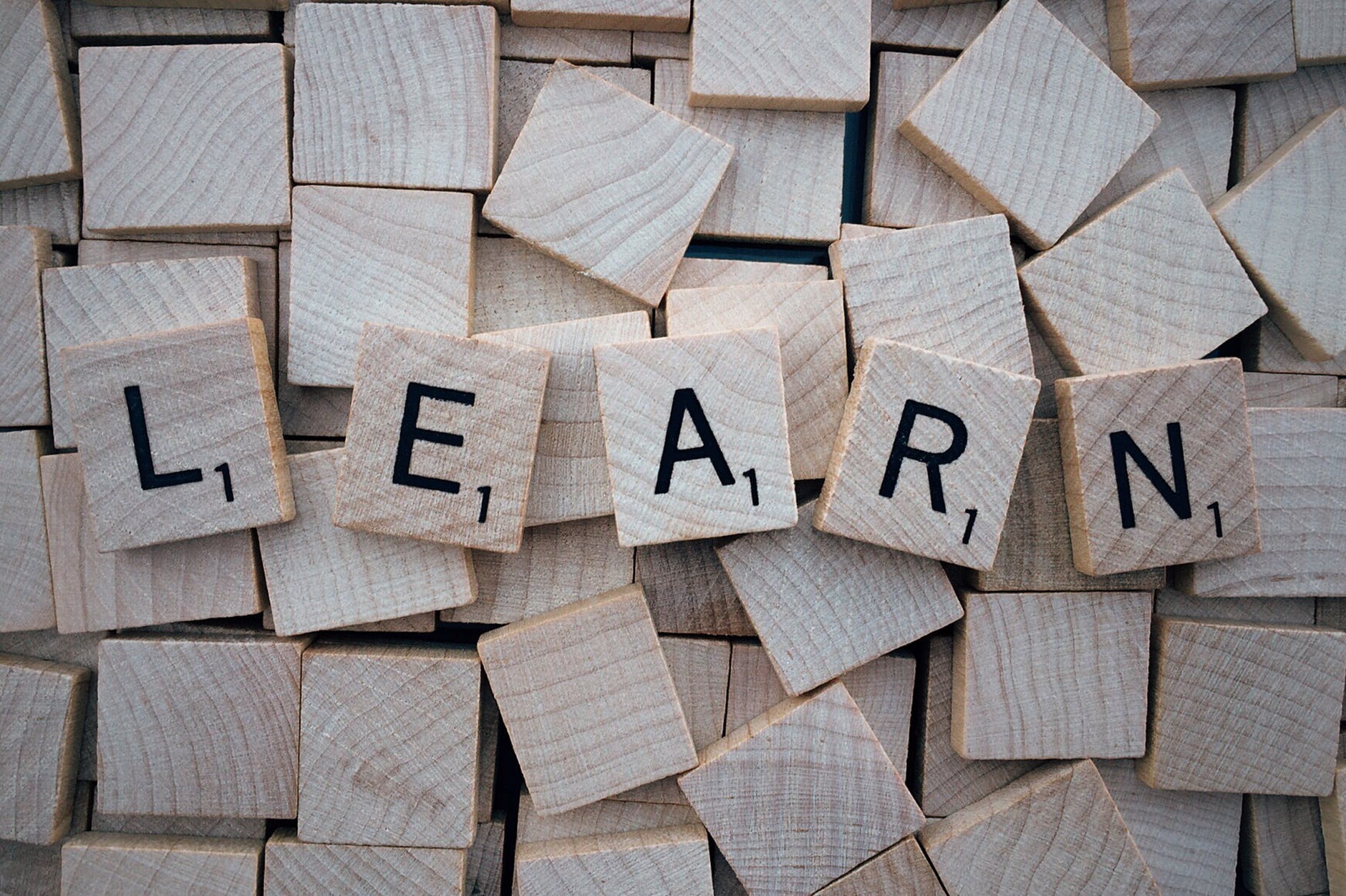In today's ever-changing dynamic world, teachers, as well as learners, are evolving, and so are their respective roles. The learner is taking up a more active role in the classroom while the teacher is becoming more and more passive in their approach. It is the responsibility of the teachers to make the learner curious, have the drive to learn and be able to apply what is required at the right time. However, the mode of learning is becoming such that the learners engage more with the material that is provided to them, in addition to the full participation of the class and their combined effort to seek knowledge. This is where the importance of learning resources comes in.
What are Learning Resources
Learning resources are those resources that the teachers use to help learners to meet the expectations for learning which are defined by the curriculum. They can also be defined as materials used by a teacher to add value to the instructions given by the teacher and to stimulate the interest of the learners present. The learners can learn better when they are well motivated with the help of different learning resources. The teacher facilitates the learning, understanding, and procurement of knowledge, principles, skills, and/or concepts by the learners.
Importance of Learning Resources
There is an ancient Chinese proverb that goes "What I hear, I forget. What I see, I remember and what I do, I understand." This is more or less why learning resources are required for a student.
Here are some of the key uses:
Revitalizing Memory
Forgetfulness is a natural part of our memory. As human beings, we all have a very high tendency to forget something that we have memorized. Learning resources are very effective in memorizing and retaining those concepts.
Motivation to Study
When a teacher is using a set of resources to help understand a particular concept because of that motivation, learners will find it easier and will feel more compelled to learn better.
Visual Aid
When provided with a larger sensory experience while learning, students will find it quite easy to retain what they have learned.
Clarity
The students are provided with much more clarity on what they are learning because they have the same or similar material as the teacher does and can hence clarify their doubts in real time.
Vocabulary
They can help expand the learner's vocabulary, both in their respective fields as well as in general.
Types of Learning Resources
Thanks to technology, there are several categories of learning resources available to learners today. They can be broadly classified into 3 as follows:
Audio Resources
Audio resources refer to those responses that involve the sense of hearing. This includes the teacher's live voice in the class, audio CDS, recorded sessions of classes, podcasts, etc. However, audio resources alone cannot give an all-around learning experience and students can forget easily.
Visual Resources
Visual resources refer to those resources that involve the sense of vision. These include pictures, models, real objects, charts, flashcards, maps, chalkboards, whiteboards, PPT presentations, bulletin boards, projectors, slides, etc.
Audio-Visual Resources
These refer to resources that involve both the sense of vision as well as hearing together. This provides the most holistic approach to learning and is recommended for students because it helps them memorize and retain information quickly and more effectively.
Conclusion
Any learning resource the teacher uses in the classroom to make learning much more engaging is known as a classroom resource. The most effective part of this classroom learning process is the teacher who makes the learning environment much more lively and learning-oriented. Every classroom should be converted into a resource room where the teacher has to do less and less work and play a more passive role, while the students take more and more responsibility on their part, taking up a more active part in their education and using all of the resources provided to them to their advantage and grow to their full potential.
To bring ease and efficiency to the table, it is of utmost importance to digitize your school. With a brilliant suite of features, the Teachmint Integrated School Platform makes the process of management, teaching, learning, and analysis- easy, effective, and practically consolidated with one another. Check out the features here.




